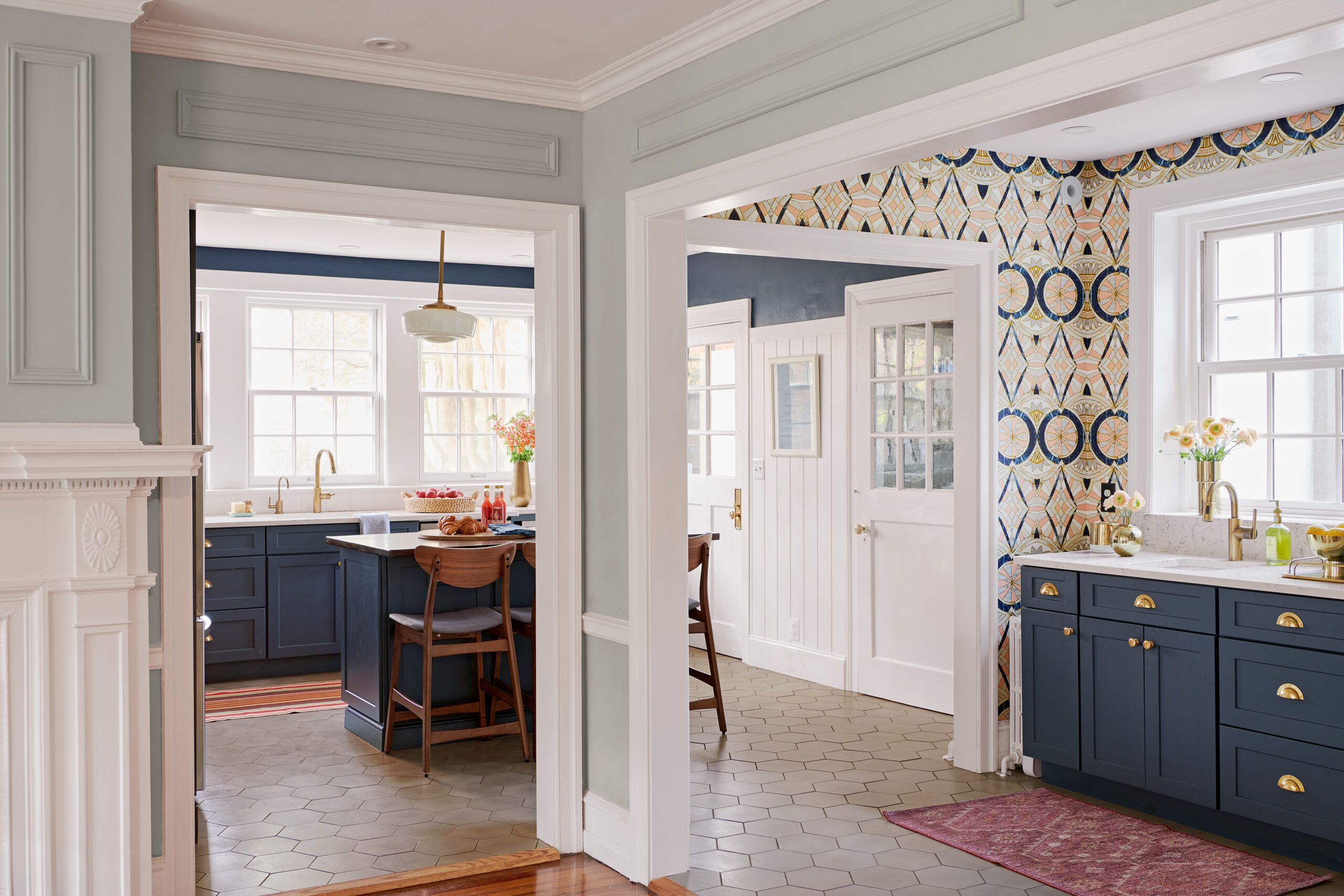The trim around the doors of your home is a structural element, but it also has distinct decorative attributes. Aesthetically, door trim can reflect the architectural style of the house and the décor of the room it’s in. Functionally, this kind of molding, called doorway casing, fills the gaps between the wall and the door jamb—the frame on which the door is hinged and where the latch engages.
Like crown molding and baseboards, the right doorway casing gives a space a finished, refined appearance. Installing interior door trim is a relatively easy do-it-yourself project that can have a huge impact. Whether you aim to add a classic accent, complement a rustic room, or create a more ornate entrance, you’ll find valuable info and ample inspiration in this guide to door adornment.
What is a Doorway Casing?
Doorway casing consists of three strips of material, usually wood boards: two long pieces installed vertically and a horizontal head casing that goes along the top to perfectly surround the door. The boards can be flat or have a shapely profile, and they are milled to be slightly thinner on the edge placed toward the inside of the door frame. Door trim boards are generally between 2¼ inches and 3½ inches wide.
Doorway casing may be made of natural or synthetic materials.
- Paint-grade wood (e.g., pine): a smooth-grained and inexpensive choice
- Stain-grade wood (e.g., hemlock): high-quality wood with attractive natural grain
- Hardwood (e.g., oak or maple): best for high-moisture areas
- Medium-density fiberboard (MDF): a combination of sawdust and resin, resists warping and won’t split when nailed
Prices for paint-grade wood door trim may start as low as about $0.75 per linear foot, but hardwood can be as much as $10 per foot. MDF can range from $0.60 to $6 per linear foot. No matter the material, the wider or more detailed the trim, the costlier it becomes. For easier installation, DIYers can find pre-cut, pre-primed door trim at home improvement stores.
Types of Door Casing
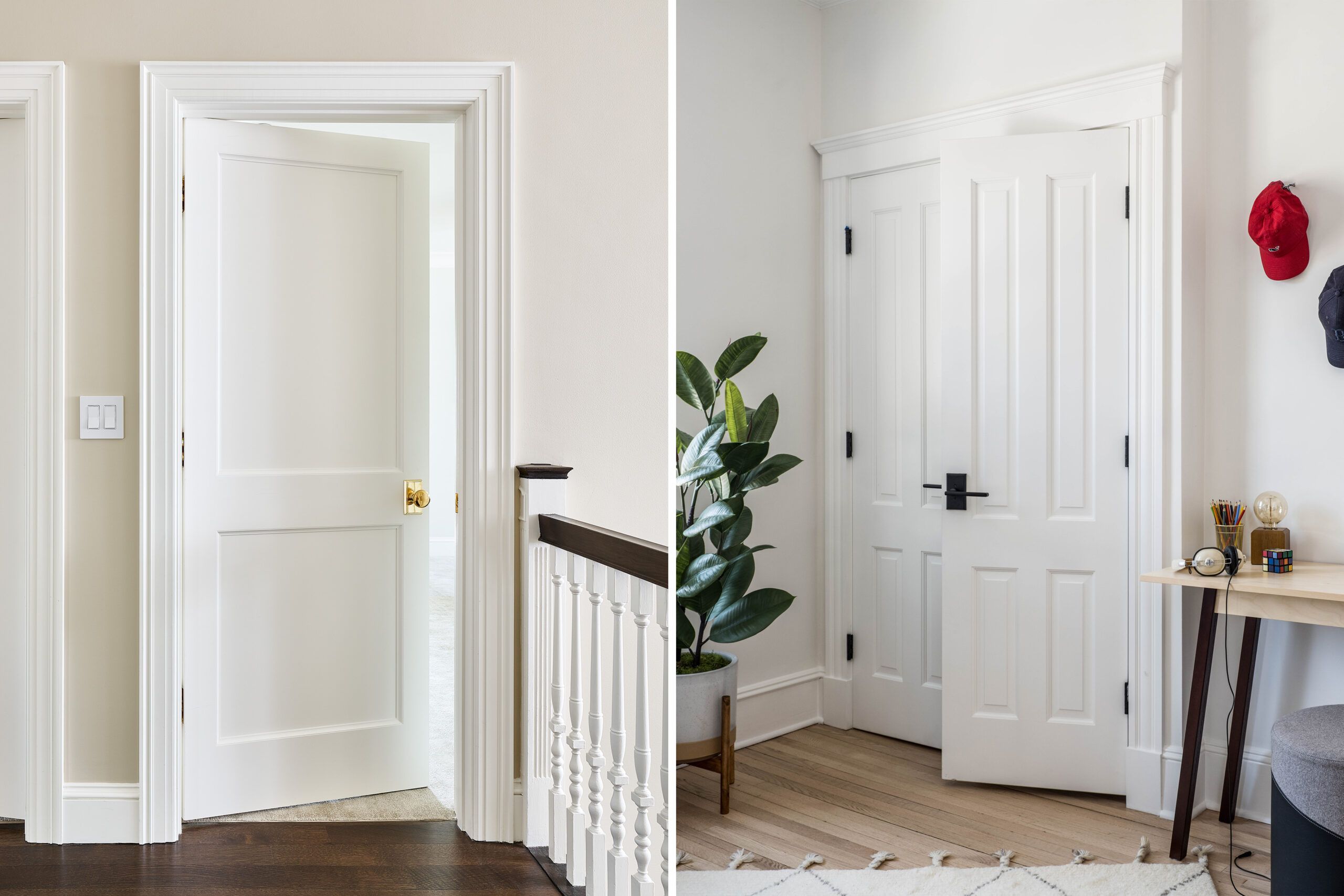
Door casing generally falls into two main categories: mitered and butted. Each style offers distinct advantages and suits different architectural preferences.
Mitered Trim
With mitered trim, the pieces connect above the door along 45-degree angled (i.e., mitered) joints. Mitered casings look sharp and neat, so they tend to suit modern settings as well as rooms with lower ceilings. Though the look is simple, cutting mitered angles precisely and connecting them can be tricky, making for a somewhat more challenging DIY project. If you want a professional-looking mitered finish, we recommend hiring an expert for best results.
Butted Trim
With butted trim, the header sits straight across the top of the side pieces. Butted trim allows for more customization, especially in terms of wider, longer, or more detailed head casing. This aspect of butted trim makes it suited to higher ceilings, since it draws the eye upward. While butted trim can be visually more complex, installing it tends to be an easier DIY job, since there are no angles to cut and join.
A Doorway Casing Style For Every Style
Here’s a look at some popular styles to suit various architectural designs and personal preferences. You’ll find a casing for any vision, from timeless elegance to modern simplicity.
Colonial Casing
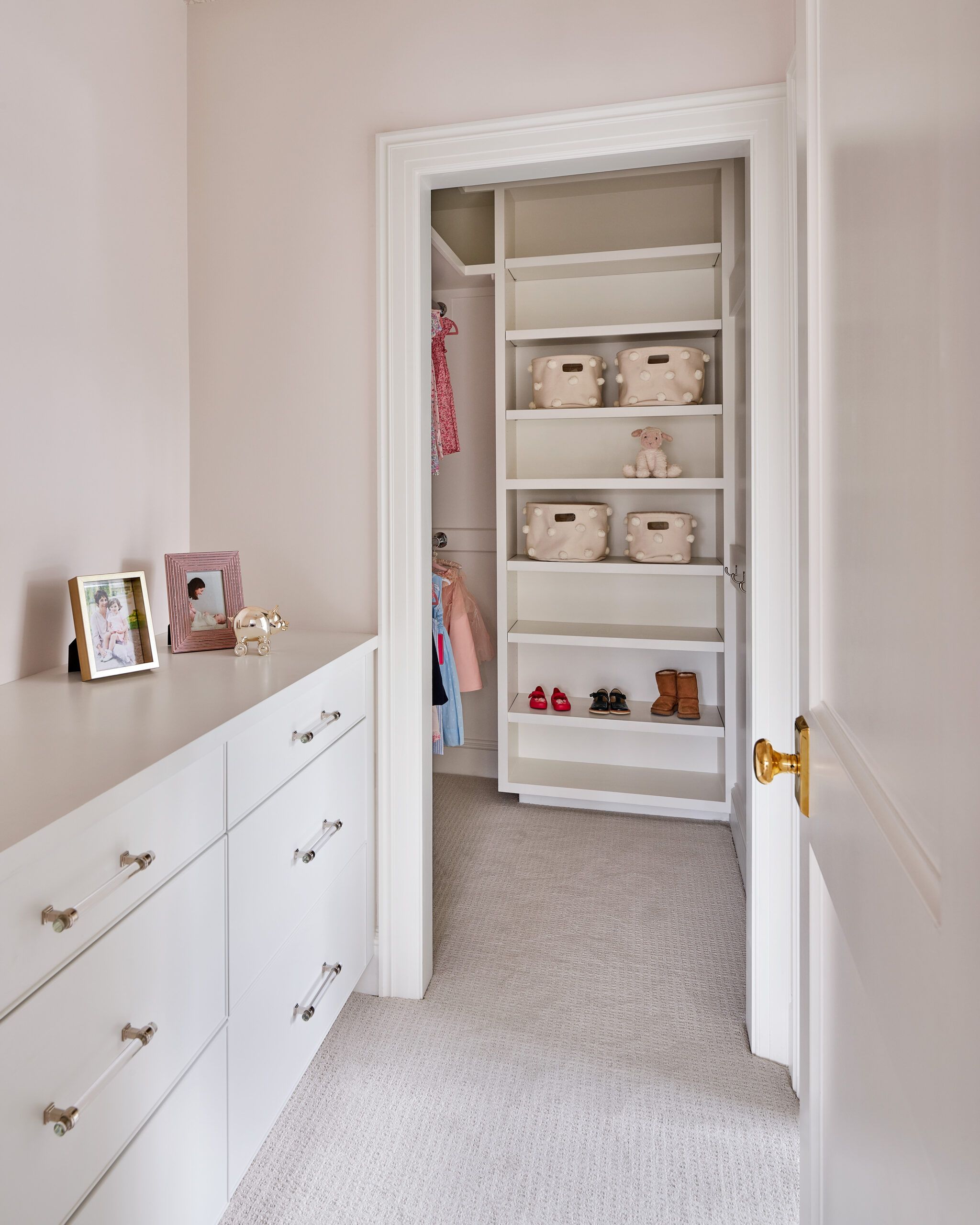
Colonial-style door casing embodies traditional elegance, perfect for homes with classic architecture. The cove-and-bead profile is a hallmark of this style, offering subtle decorative detail that enhances traditional settings without overwhelming the space. This profile typically features a concave curve (the cove) followed by a small, rounded projection (the bead), creating a timeless look that complements both formal and casual interiors.
For those seeking a bit more visual interest, the ripple effect is an excellent choice within the Colonial style. This technique involves building out mitered corners from the door jamb using boards of varying widths. The result is a layered, dimensional look that adds depth to the room while maintaining a classic aesthetic. This approach works particularly well in spaces with ample wall area around the door, allowing the trim to become a focal point.
Victorian Casing
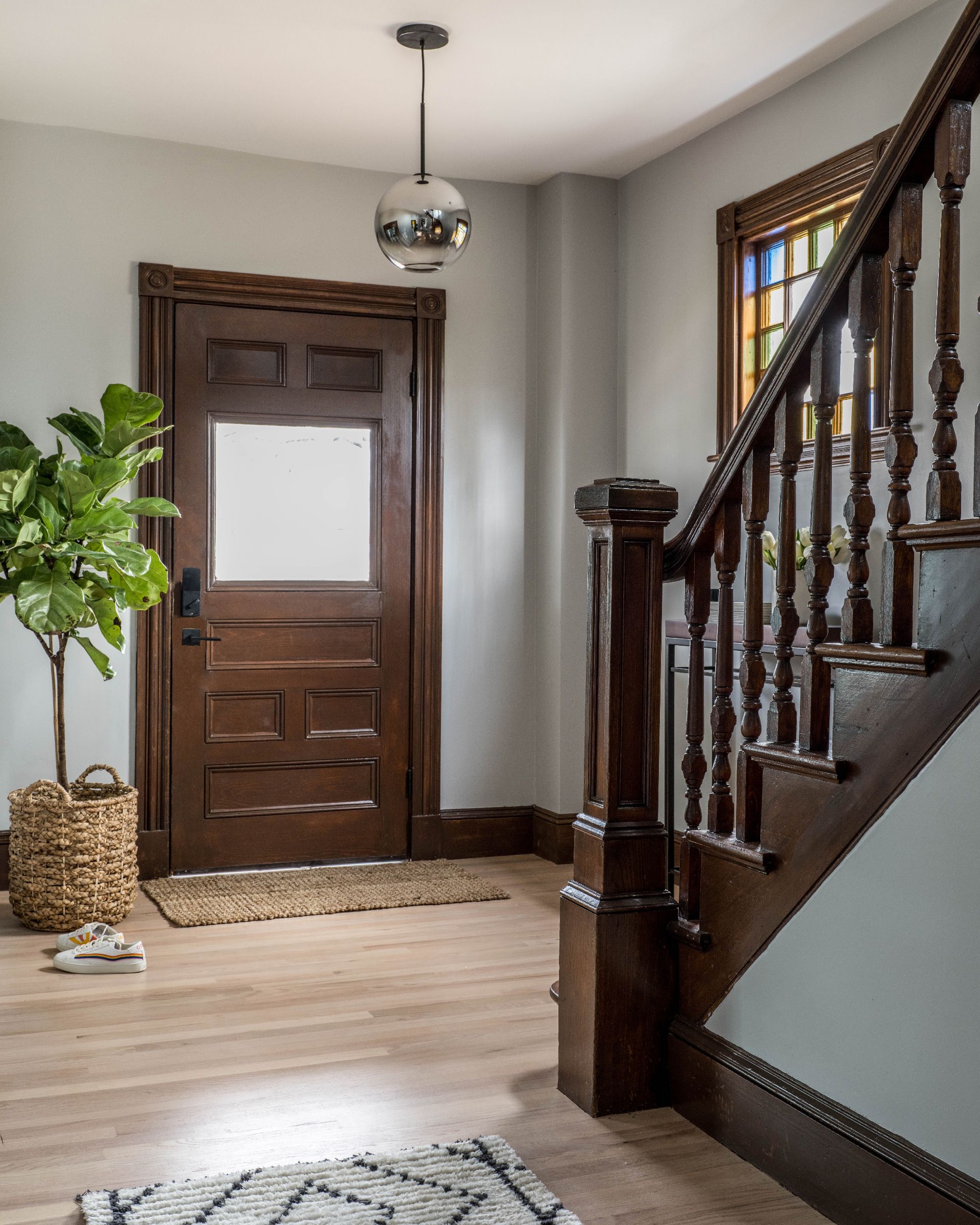
Victorian-era homes are known for their ornate woodwork, and door casing is no exception. Fluted door trim is a quintessential Victorian style, featuring narrow ribs or ridges that run the length of the trim boards. This detailing adds texture and visual interest, often complemented by an even more elaborate header piece.
Rosettes are another distinctive feature of Victorian door casing. These decorative corner blocks traditionally feature a carved flower design in the center, though modern interpretations may include other motifs such as concentric circles, stars, or even animal imagery. Rosettes serve both a decorative and practical purpose, eliminating the need for precise mitered corners while adding a touch of elegance to the doorway.
Country Casing
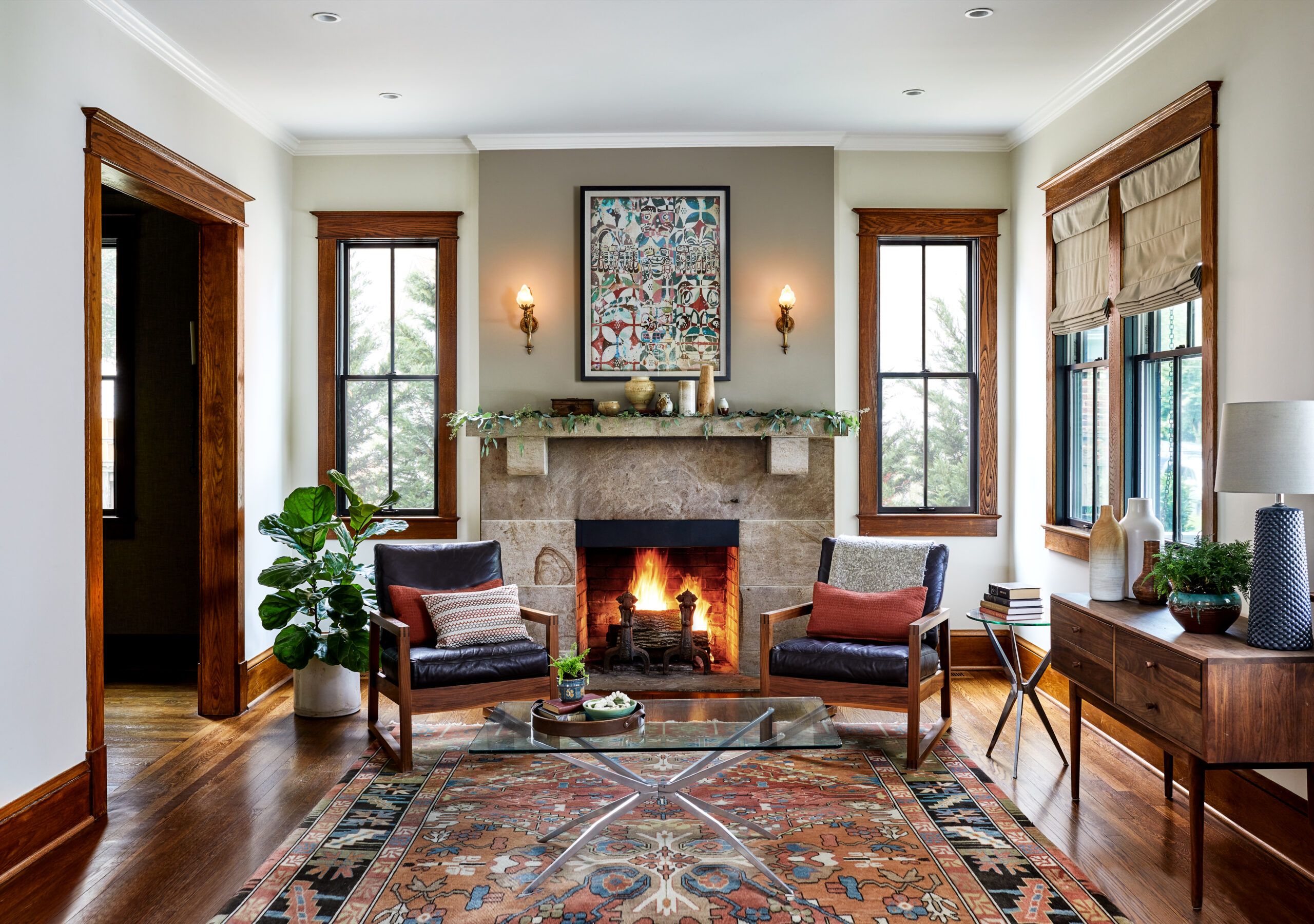
In rustic or farmhouse-style homes, simplicity often reigns supreme. Straight-lined trim with a visible wood grain can beautifully complement the homey atmosphere of a country-inspired space. Opting for wood with natural knots and a distinct grain pattern adds character and warmth to the room, enhancing the overall rustic aesthetic.
For a bolder look, consider installing side casing pieces on rectangular plinth blocks. This technique adds visual weight to the bottom of the doorway, grounding the trim and creating a sturdy, substantial appearance that fits well with farmhouse decor. Plinth blocks can be simple or decorative, depending on the desired level of detail.
Craftsman-style homes often feature chunky door trim, typically 4 inches or wider. This bold casing style makes a strong statement while maintaining clean lines, perfectly aligning with the Craftsman emphasis on quality craftsmanship and natural materials. When opting for this style, ensure that the surrounding furniture and decor have similarly chunky proportions to create a cohesive look.
Minimalist Casing
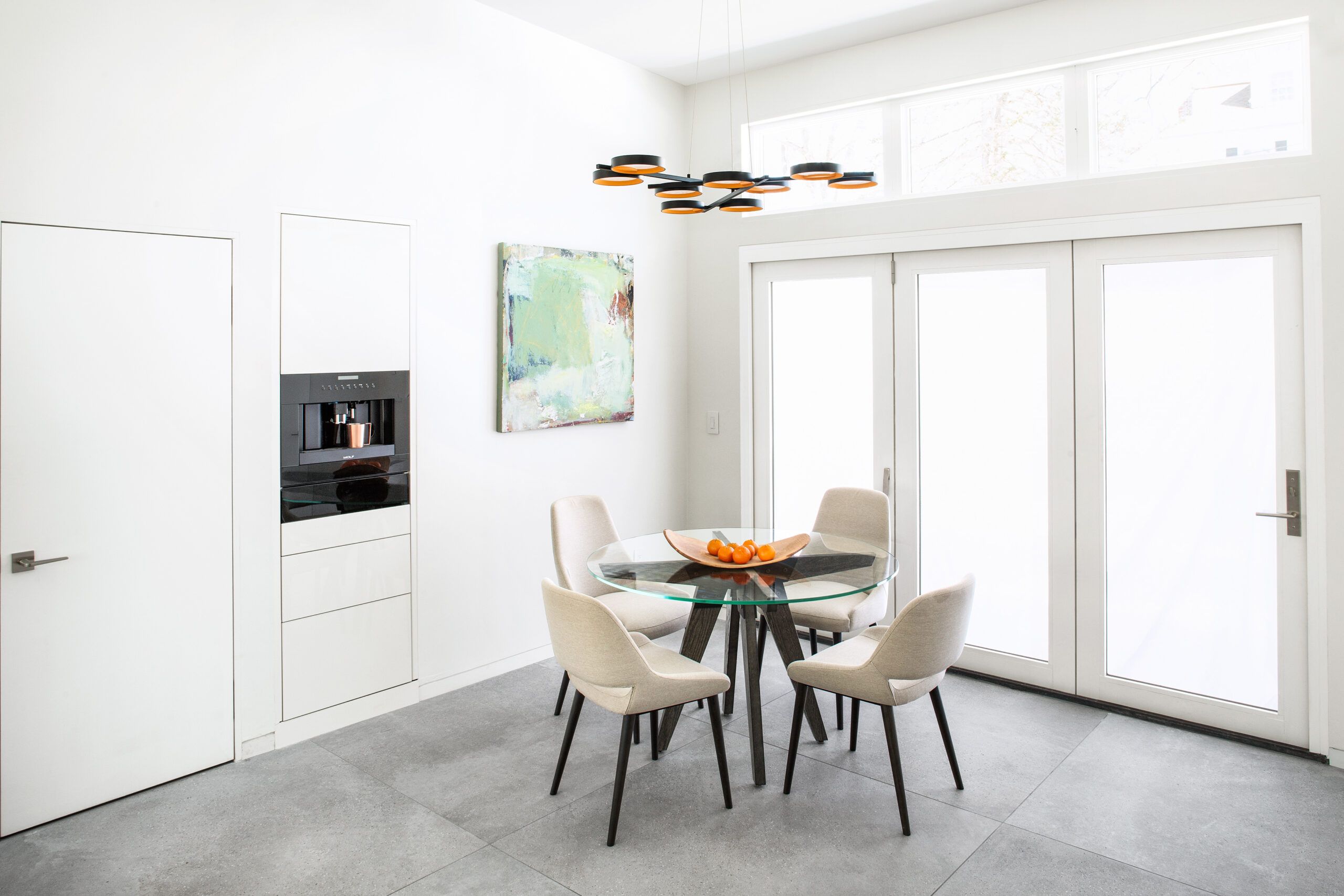
For modern and contemporary homes, flat door casing offers a sleek, unobtrusive option. True to its name, this style lacks any profile or shape, creating a clean border around the door that blends seamlessly with minimalist decor. Those looking to add a subtle twist to flat casing might consider a flat-mitered installation. By installing the boards at an angle, you can create a beveled effect that adds depth and interest while maintaining a fuss-free style.
Alternatively, for the ultimate in minimalism, consider ultra-narrow door casing or even omitting the trim entirely. Slim trim creates an almost invisible transition between the door and wall, while going trim-free allows the door to blend completely with its surroundings. This can be especially effective for concealing access to utility areas or creating a seamless look in open-concept spaces, allowing the door to nearly disappear into the wall.
Unconventional Casing
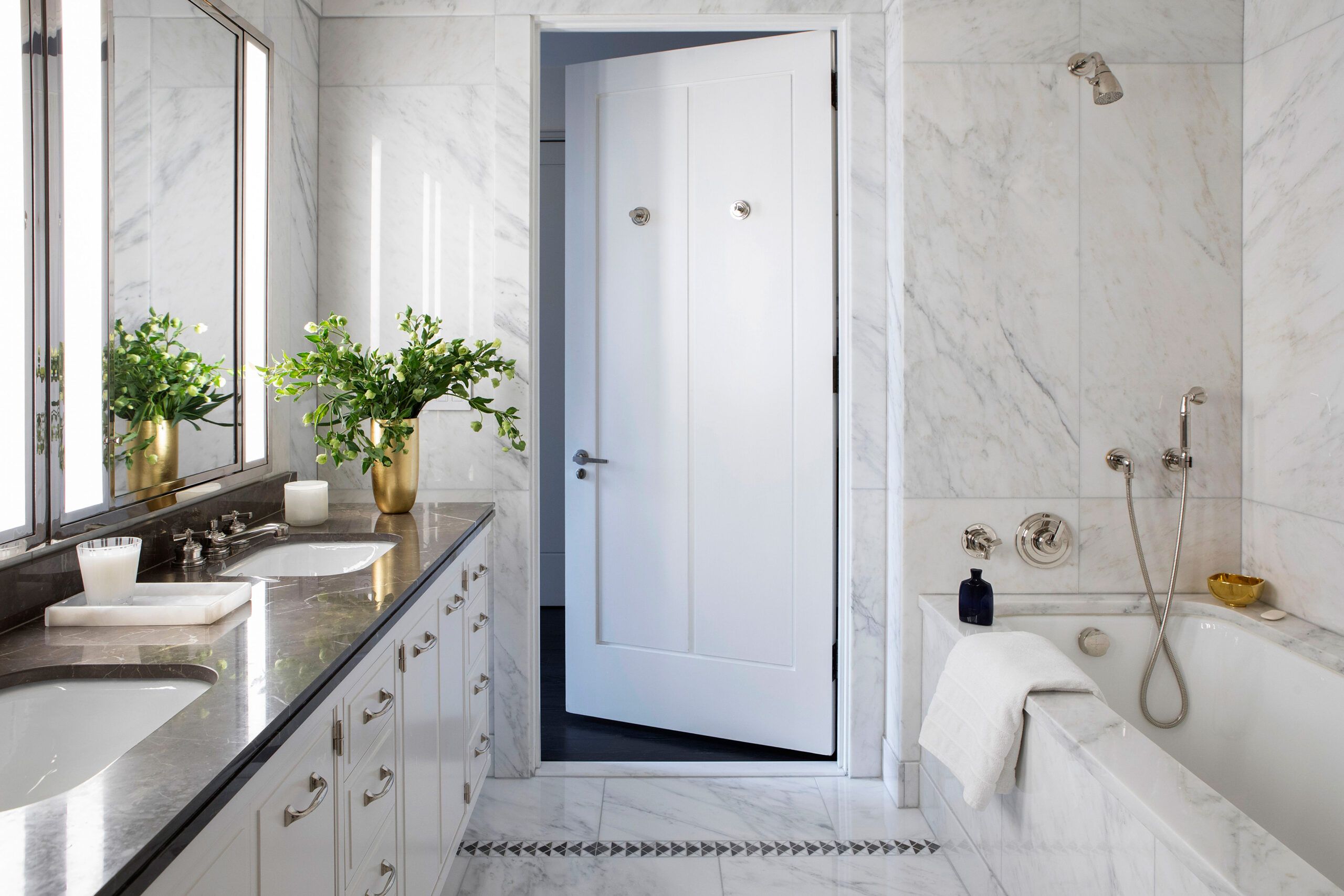
For those willing to think outside the box, door casing doesn’t have to be limited to wood or wood-like materials. Tile trim is playful and unexpected—and it’s certainly a smart choice for a moisture-prone space like a bathroom. This approach allows for creative use of color, pattern, and texture, turning the door casing into a true design feature.
Marble casing represents the height of luxury in door trim options. While certainly a bold choice, marble casing can create a stunning, majestic impression in the right setting. This option works particularly well in high-end homes or as a focal point in entryways, adding an element of grandeur to the space.
Painted Casing

The color of your door casing can significantly impact its overall effect in the room. Traditionally, doorway casing is painted in a contrasting or complementary shade to the walls, allowing it to stand out as a decorative element. This approach can help define doorways and add visual interest to the space. For a cohesive look, paint all the molding in the room, including baseboards and crown molding, in the same color as the door casing.
A more modern approach is “color drenching,” where the door casing is painted the same color as the walls and other elements in the room. This monochromatic scheme creates a seamless, contemporary look that can make a space feel larger and more unified. Color drenching works particularly well in smaller rooms.
Our Conclusion
From traditional Colonial and Victorian designs to modern minimalist approaches, the right trim can significantly impact your space’s overall look and feel. Consider your home’s architecture, your personal style, and the function of each room when selecting door casing. Whether you opt for classic wood, unconventional materials, or a painted finish, the perfect door trim can elevate your interior design and add value to your home.
